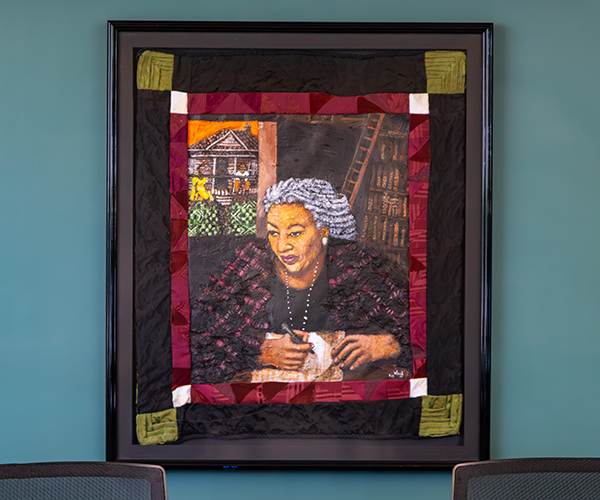Harvey Pekar — the grouch, the pessimist, the quitter — wrote about the Cleveland that really was, not the Cleveland we aspire to be. He debuted his underground comic book American Splendor in 1976, between the river fire and default. Its tagline, "From off the streets of Cleveland comes...," used our "mistake on the lake" reputation to launch his literary persona, the schlubby anti-hero. Now, his posthumous graphic novel Harvey Pekar's Cleveland (Top Shelf Productions/Zip Comics, $21.99) makes explicit a theme that always ran through his work: He personified his hometown.
Pekar's fortunes fell (and rose, and fell again) along with ours. "The city started to decline," the cartoon Pekar says in the book. "So did my luck." A frustrated athlete, college dropout, moody lover and self-doubting artist, Pekar had a self-esteem problem before Cleveland did.
"Yeah, I've had plenty of good days," he says grudgingly in an opening panel. Everyman Clevelander that he is, his best day is a long-ago championship moment: sitting in an elementary school classroom, listening to the Indians win the 1948 World Series. "I figured it wasn't going to happen again," he wrote.
Like novelist Mark Winegardner in Crooked River Burning a decade ago, Pekar identifies Willie Mays' miraculous Polo Grounds catch in the '54 Series as the ultimate Cleveland moment, the disappointment that now endlessly repeats.
Pekar's luck was Cleveland's luck: That career-capping theme statement in his last words about the town makes the publication of Harvey Pekar's Cleveland a noteworthy event. This is true even though the book is a minor Pekar work, with an unfinished quality and a somber tone. Many of his talents — snappy and sardonic situational humor, keenly observed characters and a sharp ear for dialogue — are rarer in the new book than in his best work.
The book's best parts follow Pekar on strolls through neighborhoods he's known: Cleveland's Southeast Side in his youth, the lost '60s bohemia at Euclid and East 105th, Coventry's evolution from the '70s to today.
Historians and sociologists must envy his eye for how regular people lived and experienced Cleveland's massive social changes over the last 70 years, and how neighborhoods developed reputations and captured imaginations.
Threaded through Pekar's social commentary is his curiosity about black experience and a realistic view of Cleveland's race relations. He avoids easy idealism, feel-good buzzwords and cynical withdrawal, insisting that both sides of the divide have done each other harm, but we can and ought to do better. He walks Coventry Road in one scene, angrily defending Cleveland Heights' reputation from the fears of some whites. Written a year before the flash-mob controversy, it's even more powerful and poignant now.
Finally, the book gives us Pekar's self-reflections at 70, years after the film American Splendor made him an indie-film icon. "I'm sort of Cleveland Heights' answer to the beloved literary character, Teyve the Milkman [from Fiddler on the Roof]," he says in the closing pages. He's gloomy (of course) about aging and the economy, and shocked but grateful when neurotic comics-loving pilgrims knock on his door, seeking advice. "I could write my own 'Guide to the Perplexed,' " he says.
I wouldn't tell anyone to buy the new book for an intro to Pekar. The American Splendor anthologies show off more of his talents, and his 2005 The Quitter is a better autobiography. But Harvey Pekar's Cleveland contains his last words on the city and his last years, as Pekar settled into retirement in a place where triumphant moments are fleeting and happy endings elusive — or in other words, home.



